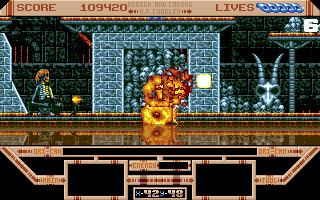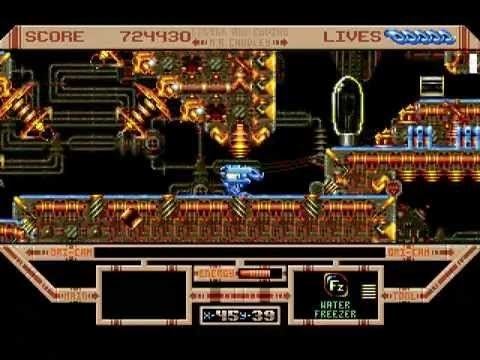8.4 /10 1 Votes8.4
4/5 GamesNostalgia Designer(s) Martyn Chudley Initial release date 1990 Genre Shoot 'em up | 4.3/5 Emuparadise Composer(s) Ray Norrish Developer Bizarre Creations Mode Single-player video game | |||||||||||||||||||||||||||||||||
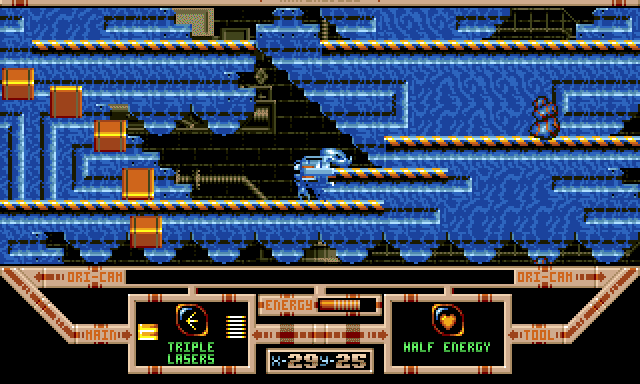 | ||||||||||||||||||||||||||||||||||
Artist(s) Martyn Chudley, Pete Lyons, Jeff Bramfitt, Jim Bowers Similar Wiz 'n' Liz, Leander, Blades of Vengeance, Dashin' Desperadoes, Alisia Dragoon | ||||||||||||||||||||||||||||||||||
Amiga longplay the killing game show
The Killing Game Show is a run and gun shooter game developed by Raising Hell Software for the Amiga and Atari ST. It was released in 1990 and published by Psygnosis. It was re-released later under the name Fatal Rewind for the Sega Genesis and published by Electronic Arts. The main character of the game later made cameos in Leander and Wiz 'n' Liz.
Contents
- Amiga longplay the killing game show
- Unappreciated game music ingame music by ray norrish the killing game show fatal rewind
- Gameplay
- References
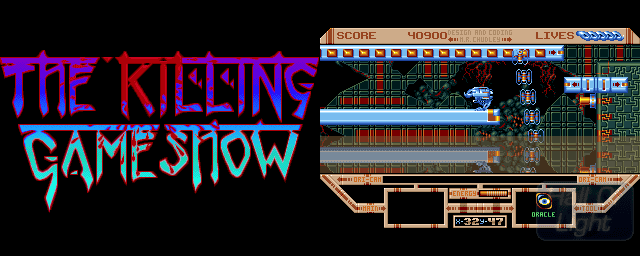
Unappreciated game music ingame music by ray norrish the killing game show fatal rewind
Gameplay
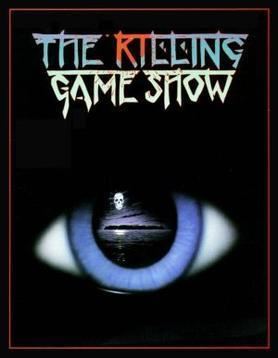
This game is a mixture between platformer and shoot'em up, with a look similar to popular computer video game Turrican. Apart from avoiding or shooting enemies moving in different patterns, the player must make their way from the bottom up to the level exit, avoiding toxic liquid that will eventually rise. At the beginning of each level, a map may be displayed by pressing the Help key (Amiga version). The player can jump, run, climb walls and use special weapons or items (keys to open certain gates) to master different sections of these levels. After losing a life, a replay is shown that can be fast-forwarded by holding the F10 key and the player can continue at any point by pushing the fire button; this was a unique and convenient feature because, like other Psygnosis titles, the game has a high degree of difficulty.
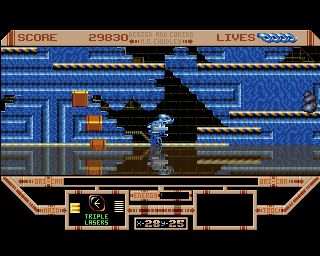
The Amiga and Atari ST versions consisted of 8 levels separated into two parts each. The Genesis version, published as Fatal Rewind, had 6 levels divided into two parts each.
